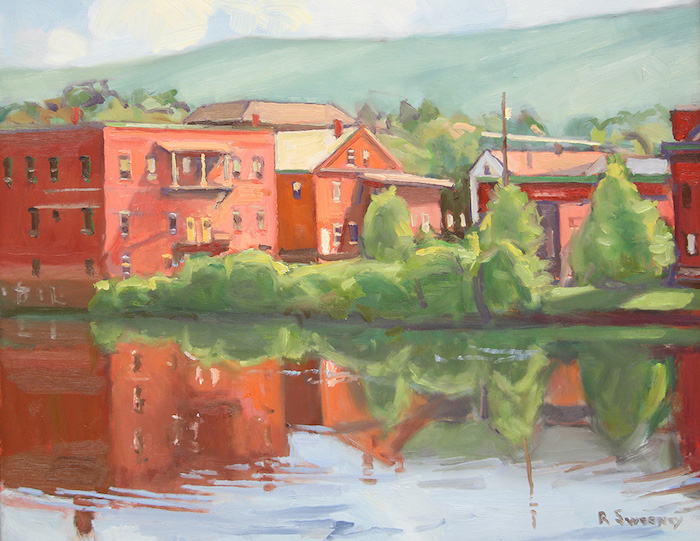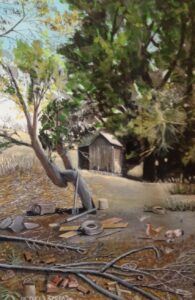
The Connecticut River Museum in Essex, Ct, is collaborating with Lyme Art Association on a topical exhibition titled “Hands on the Land: Art & the Environment in the Connecticut River Valley.” The artwork being sought for the show should focus on the Connecticut River Valley and interpret concepts of change, impact, inspiration, reflection, or other vision of “man’s hand on the land”
The show will run from mid-March, 2021 through mid-October, 2021, at which time it will travel to the Lyme Art Association. A total of 40 works will be accepted from a juried pool of entries.
More Information:
The Connecticut River Museum, in collaboration with the Lyme Art Association, seeks original artwork for a temporary exhibition that reflects artistic visions of human impact on the Connecticut River and its Valley, specifically the impact on the environment. Hands on the Land: Art & the Environment in the Connecticut River Valley is scheduled to open at the Connecticut River Museum in mid-March, 2021 and run through mid-October, 2021. The exhibit will then travel to the Lyme Art Association. All mediums are encouraged, although there are size limitations (see entry form). A total of 40 works of art will be accepted from a juried pool of entries.
Historical Context:
When humans arrived in the Connecticut Valley some 12 million years ago, the landscape began to change. It began slowly but accelerated over time as people harvested the Valley’s natural resources to meet the changing needs of the changing population. Indian practices for horticulture and managing game; European trade in furs; English settlement of towns and the demands of trade; these had all transformed the Valley landscape well before the turn of the nineteenth century. Then, the pace and scale of environmental decline slid out of control. Dams, canals, cities, industries and even industrial pollution were viewed as signs of economic progress. Today, the gains made during the environmental movements of the twentieth century are threatened by climate change and governmental abatement of previous efforts.
Artwork does not have to contain historical content but should interpret concepts of change, impact, inspiration, reflection, or other vision of “man’s hand on the land.”

